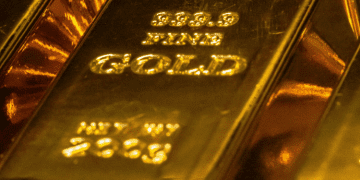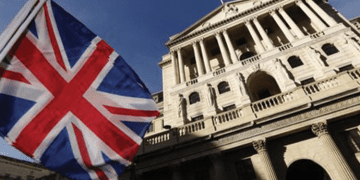Today’s market analysis on behalf of Dilin Wu Research Strategist at Pepperstone
Gold has been consolidating in a tight range between $2,480 and $2,530, with bullish sentiment maintaining a slight advantage. This tug-of-war, in my view, reflects the market’s ongoing evaluation of economic growth in the U.S. and China.
In the U.S., the economic outlook remains mixed. Strong Q2 GDP growth, a resilient ISM Services PMI for August, and falling jobless claims have lent support to the “soft landing” narrative, encouraging gold sellers. However, underlying economic fragility is evident. Core PCE inflation is cooling, the manufacturing sector has contracted for five straight months, and JOLTS job openings have sharply declined—all factors sustaining safe-haven demand for gold.
China’s economic challenges are also weighing heavily on global markets. The property sector continues to struggle, with home sales from the top 100 developers down nearly 30% in August. The fallout from Evergrande has triggered layoffs at PwC, and New World Group’s stock has plummeted—eroding confidence in the world’s second-largest economy. These developments, in my view, are fueling both domestic and international demand for gold as a hedge, positioning the metal for upward momentum.
The upcoming non-farm payroll report could be the key to gold’s next significant move. If job growth comes in under 100,000 and the unemployment rate holds at 4.3%, I expect the market to increasingly lean toward a 50bp rate cut. This scenario could spark fears of economic deterioration, pushing gold toward $2,600. Conversely, stronger payroll data would likely reinforce expectations for a smaller, 25bp cut, keeping gold trading within its current range of $2,480 to $2,530.
Zaid Barem / YMM





 ENFIELD
ENFIELD HACKNEY
HACKNEY HARINGEY
HARINGEY ISLINGTON
ISLINGTON










